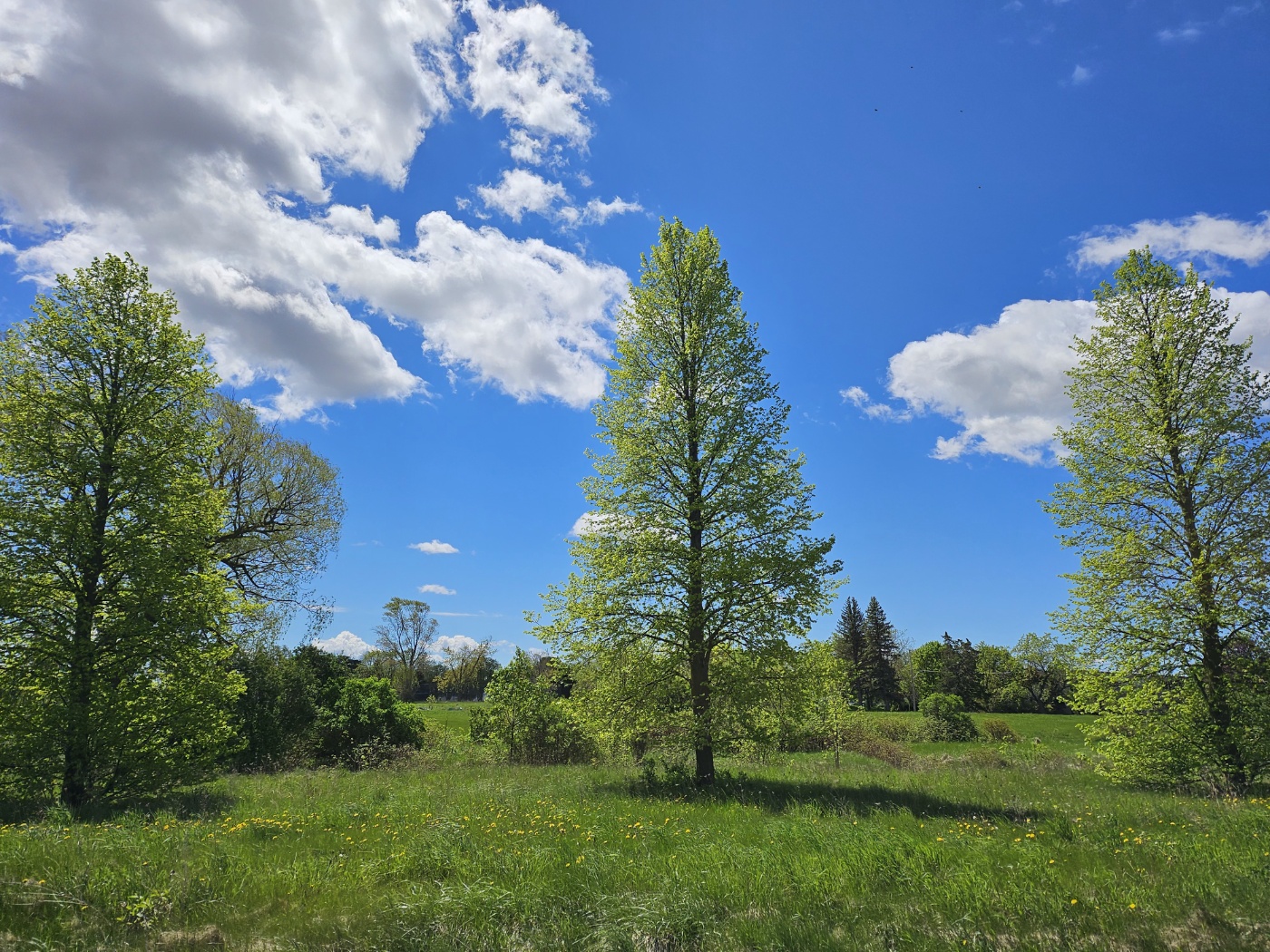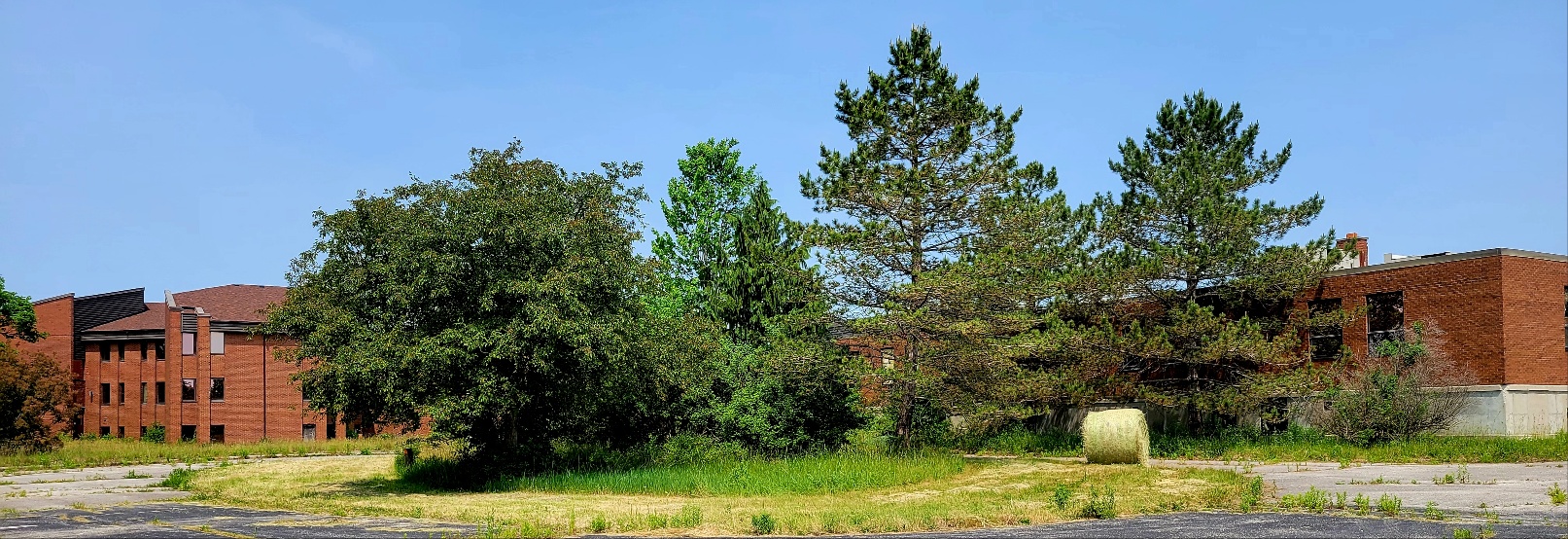1. Connection to Nature: Outdoor classrooms provide a transformative learning experience by connecting students to nature. Being surrounded by greenery, fresh air, and natural elements enhances well-being and creativity.

2. Physical Health and Well-Being: Spending time outdoors encourages physical activity, which is essential for maintaining a healthy lifestyle. Students can engage in active learning while enjoying the benefits of sunlight and fresh air.

3. Hands-On Learning Opportunities: Large outdoor spaces allow for hands-on exploration. Whether it’s conducting science experiments, gardening, or observing wildlife, students learn by doing and experiencing the world around them.
4. Enhanced Creativity and Problem-Solving Skills: Outdoor environments stimulate creativity and critical thinking. Students can solve problems in real-world contexts, fostering innovation and adaptability
5. Building a Connection with the Environment: Exposure to natural surroundings promotes environmental awareness and a sense of responsibility. Students develop a deeper understanding of ecological systems and sustainability.

6. Improved Social Skills: Outdoor areas encourage collaboration, teamwork, and positive social interactions. Students learn to communicate effectively while working together on projects or activities.
7. Reduced Stress and Improved Mental Health: Research has shown that outdoor learning can significantly benefit student mental health. Students are often calmer, and more focused, and experience reduced stress when learning in nature.

8. Increased Capacity and Flexibility: Outdoor classrooms can be used for various purposes, such as meals, afterschool programs, or music classes. They provide a flexible alternative to traditional indoor spaces, especially during challenging times like the pandemic.

In summary, a school with a large outdoor area offers academic advantages and holistic well-being for students. Let’s embrace outdoor learning as “Plan A” for a healthier, more engaging educational experience!

